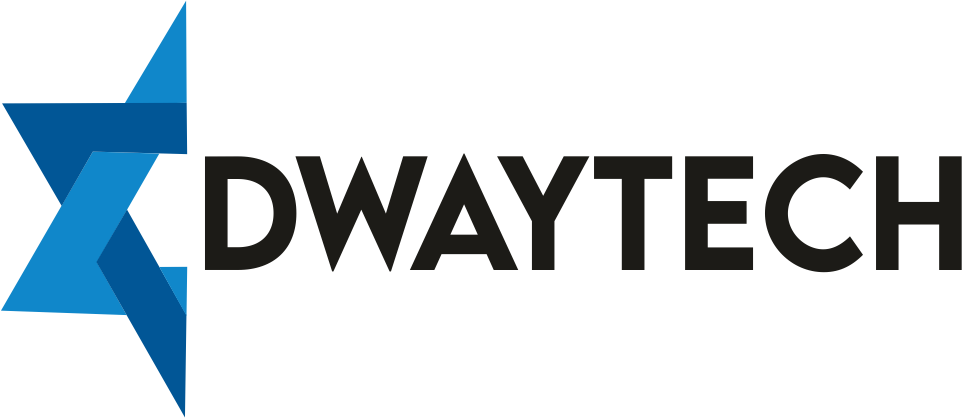The Basic component of a successful project delivery is business analysis. One of its key components is elicitation — the process of gathering requirements from stakeholders and other sources. Business analysts risk missing critical details without effective elicitation, leading to project delays or failure. Let’s dive into the top 5 elicitation techniques in business analysis that every analyst must master to ensure clarity, alignment, and successful outcomes.
1. Interviews
Interviews are one-on-one conversations between the business analyst and stakeholders. This technique allows for deep dives into specific subject areas and is ideal for gathering detailed information or understanding user perspectives.
Why It Works:
-
Builds rapport and trust with stakeholders.
-
Encourages open-ended feedback and clarification.
-
Offers flexibility to adapt questions based on responses.
Best Practices:
-
Prepare a structured list of questions in advance.
-
Ask open-ended inquiries at first, then delve deeper for details.
-
Record or take detailed notes (with permission) to ensure nothing is missed.
When to Use:
-
At the beginning of a project to understand goals.
-
When gathering domain-specific knowledge from SMEs (Subject Matter Experts).
2. Workshops
Workshops bring together multiple stakeholders to collaborate in real-time. They are particularly effective for uncovering conflicting requirements and building consensus.
Why It Works:
-
Promotes collaboration and team alignment.
-
Encourages immediate feedback and clarification.
-
Ideal for prioritizing features and resolving disagreements.
Best Practices:
-
Set a clear agenda and stick to it.
-
Use facilitation tools like whiteboards, sticky notes, or digital platforms like Miro.
-
Engage a facilitator to steer conversations and maintain group focus.
When to Use:
-
During the early stages of requirement gathering.
-
When rapid consensus is needed among stakeholders.
3. Document Analysis
This technique involves reviewing existing documentation such as business plans, user manuals, system logs, and process flows. It aids analysts in comprehending the situation as it is and locating any holes or potential opportunities for development.
Why It Works:
-
Provides historical context and background.
-
Uncovers hidden requirements.
-
Saves time by utilizing already available resources.
Best Practices:
-
Create a checklist of documents to review.
-
Focus on identifying inconsistencies and outdated processes.
-
Supplement findings with interviews for deeper insights.
When to Use:
-
When working with legacy systems.
-
When onboarding new analysts to a project.
4. Observation (Job Shadowing)
Observation involves watching users as they perform their tasks in real-time. This technique is especially useful for identifying unspoken requirements and understanding real-world challenges.
Why It Works:
-
Reveals inefficiencies or workarounds not mentioned in interviews.
-
Captures actual vs. assumed processes.
-
Useful for understanding tasks that users may not articulate well.
Best Practices:
-
Observe without interfering — stay in the background.
-
Take detailed notes on tools used, steps followed, and time spent.
-
Ask clarifying questions and follow up with people to corroborate observations.
When to Use:
-
In environments with highly manual or complex tasks.
-
When users struggle to verbalize their process.
5. Brainstorming
During brainstorming meetings, a variety of concepts or solutions are produced. They are especially effective during the initial stages of a project or when looking for innovative approaches to problems.
Why It Works:
-
Sparks creativity and out-of-the-box thinking.
-
Encourages participation from all team members.
-
Helps identify both requirements and potential risks.
Best Practices:
-
Create a safe, judgment-free environment.
-
Use techniques like “Round Robin” or “Mind Mapping” to guide ideation.
-
Prioritize ideas after collection to determine feasibility.
When to Use:
-
During solution design or early ideation phases.
-
When teams face roadblocks or need fresh perspectives.
Conclusion
Mastering these five elicitation techniques — interviews, workshops, document analysis, observation, and brainstorming — is essential for any business analyst aiming to uncover complete, accurate, and actionable requirements. Each technique offers a unique lens into stakeholder needs, and the best analysts know when and how to blend them for maximum impact. Whether kickstarting a new project or diving into legacy systems, applying the right elicitation method can be the key to success.
FAQs
1. What is the main purpose of elicitation in business analysis?
Elicitation helps business analysts gather, clarify, and confirm stakeholders’ requirements, ensuring that the final solution aligns with business needs.
2. How do I choose the right elicitation technique?
The choice depends on the project stage, stakeholder availability, and the complexity of information. The finest outcomes are frequently obtained by combining several approaches.
3. Can I use multiple elicitation techniques in one project?
Absolutely! Using a mix, like interviews followed by workshops, often ensures more comprehensive insights and better stakeholder engagement.
4. Is document analysis still relevant with Agile methods?
Yes. Even in Agile environments, existing documents provide valuable context and help inform user stories and sprint planning.
Also, Useful Links:
Business Analyst Training Course Online Request Demo











